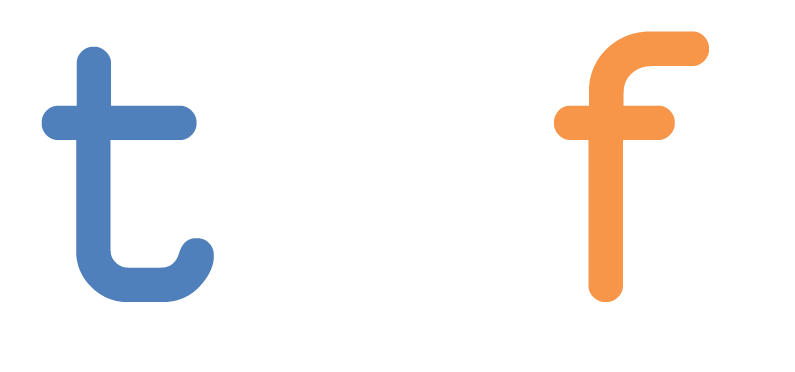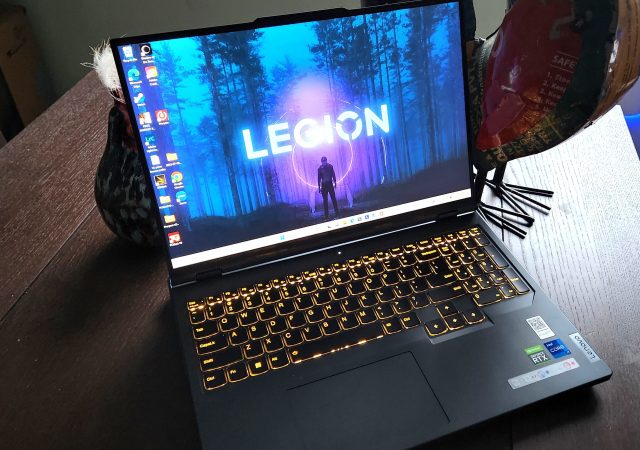[Article first published as An Unlikely Party in HP’s TouchPad Mess – Barnes and Noble on Blogcritics]

For a few different reasons, Hewlett-Packard has been in the news over the past few days. In their 3rdquarter 2011 report, they stealthily announced two major changes that would transform the face of HP. And they seem to have taken most people by surprise: (1) WebOS and devices running it are over and done. That means not only thejust recently launched TouchPad, but the HP Pre phone as well, which will never see the light of day in the United States. (2) They’re getting out of the PC market by spinning off their Personal Systems Group (PSG for short). The focus has really been on the TouchPad with its rapid fall from grace, but yesterday shifted from HP to an unlikely target of both press coverage and customer ire – Barnes and Noble.
Really this all started when HP dropped the price of their TouchPad units to $99. As mentioned above, HP killed the TouchPad after discouragingly low sales since its launch in July, slashing the price to clear inventory. Over this past weekend, even retailers like Best Buy decided to get rid of inventory in a massive fire sale instead of sending the unsold remainder of their inventory back to HP (having only sold about 25,000 out of the original 270,000 they had). From the original $499 down to $399, the final price they sold their mountain of TouchPads at dropped to the same staggeringly low $99 for the 16GB version. Unfortunately, I was not quick enough on the draw to secure one, as they completely sold out. A 75% price cut and financial losses aren’t exactly the way most companies (I would imagine anyway) want to say they sold out a product but hey, they’re working with what they got.
The web went into a frenzy as a handful of other retailers began to follow suit. One of those retailers was Barnes and Noble. To be honest I wouldn’t even think of looking for a TouchPad at B&N if I wanted one, given the fact they are not only primarily a bookstore, but have their own B&N Nook that they push pretty hard against devices like Amazon’s Kindle and other budget tablet PC’s. But lo and behold, the $99 16GB TouchPad was listed on their website. I almost ordered one from them. Almost. But my suspicions of whether or not I would actually receive one got the best of me and I decided against it. And according to a number of miffed customers, I was right in doing so.
Of all of the eager customers that placed TouchPad orders with Barnes and Noble, I’ve yet to read anything online about anyone who’s gotten one. Instead of a tablet, the majority of customers seemed to have gotten an email indicating that their order was cancelled. Outraged customers took to the web and flocked to twitter to air their gripes for all to see. Just search for “barnes and noble” on twitter or the #barnesandnoble hashtag to see what I mean. For lack of a stronger and much more powerful phrase, B&N just straight oversold it.
Now I understand why these fine folks are upset. By overselling, Barnes and Noble customers were allowed to place an order on an item that B&N probably sold out of in an hour, if not less. And the belief that they would soon have a cheap shiny tablet came crashing down with a cancellation email in lieu of their new toy. By being allowed to place an order, B&N told customers “yes, we have this” and encouraged them to buy. I’ve seen a lot of sites pull items immediately after they’re sold out, and have even seen some retailers give shoppers warnings as to how many units are still available before stockout. With as much business as B&N does online, it seems kind of strange that they don’t have a better inventory tracking or order fulfillment system that can tell when orders placed are equal to or greater than the number of units on hand. Especially when it’s something everyone is going to jump for.
UPDATE: A colleague of mine did actually at one time work at Barnes and Noble and gave me some education on their inventory system. Their inventory system is meant for books, which can always be reprinted by publishers or delivered via custom print. End result, they don’t really stock out. A system like that doesn’t exactly work well with something like a tablet PC.


